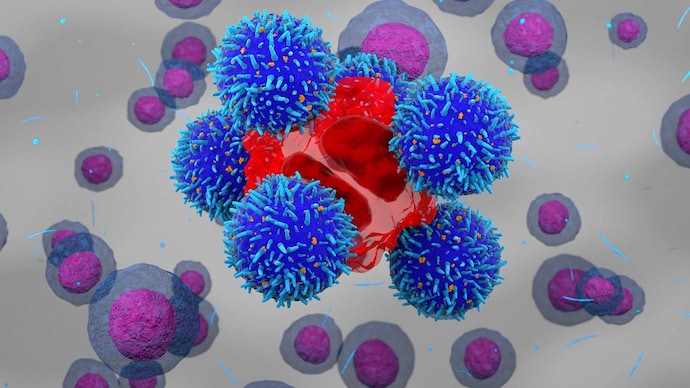
CAR-T cell therapy shows promise against deadly childhood brain cancer
A clinical trial at Stanford Medicine has shown that CAR-T cell therapy, a cancer treatment, can effectively treat brain tumors in children.

A clinical trial has shown promising results in treating brain tumors in children using an immune-cell therapy known as CAR-T cells. The therapy not only shrank the tumor but also restored neurological functions in many patients.
For one young participant, it eliminated all detectable traces of a usually incurable cancer called diffuse intrinsic pontine glioma (DIPG).
This is one of the first successes of CAR-T cells against solid tumors. DIPG, a rare and aggressive brain cancer, has a five-year survival rate of less than 1%, with most patients surviving only about a year after diagnosis.
The trial, conducted at Stanford Medicine, included 13 participants with DIPG or similar brain and spinal cord tumors. Nine of the 11 who received the treatment showed significant benefits, including improvements in physical abilities and a reduction in tumor size.
One patient named Drew experienced a complete response, meaning his tumor disappeared. Four years after his diagnosis, Drew is healthy.
“This disease is usually fatal, but this therapy has shown meaningful tumor reduction and clinical improvement,” said Dr. Michel Monje, the trial’s lead researcher. “Although there is still work to be done, Drew’s case gives us hope.”
CAR-T cells are engineered from the patient’s immune cells to target cancer. Previously successful in blood cancers, this trial tested their effectiveness on solid tumors. The treatment was designed to target GD2, a marker found in DIPG cells.
Although the therapy caused some initial side effects such as fever and swelling, patients saw significant progress. Drew, who was diagnosed at age 16, regained many of the abilities lost to the disease, including walking without assistance. He is now studying forestry in college.
The research team is refining the therapy to improve its safety and effectiveness, with hopes of widespread availability in the future.